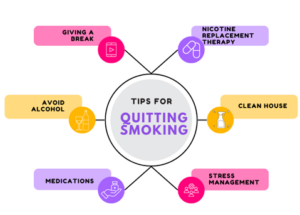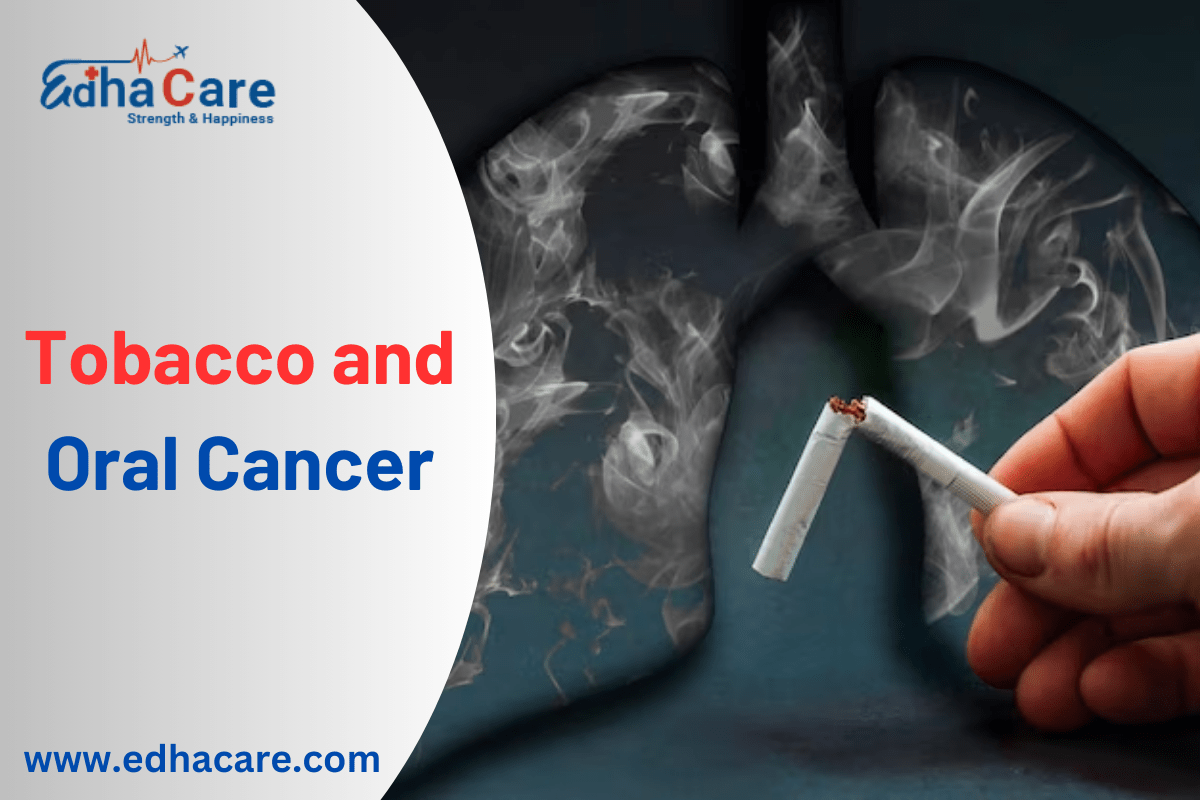Many widely acknowledge that smoking is one of the major global risk factors for early mortality.
According to estimates, there are more than 1.3 billion smokers around the globe.
According to the World Health Organisation (WHO), tobacco use results in an estimated 6.4 million deaths annually and hundreds of billions of dollars in economic losses globally.
Tobacco and oral cancer are very much directly proportional and leads to many serious illnesses and ailments, including cancer.
Cultural norms fuel a tendency of chewing tobacco, but there is also a lack of understanding in this area.
Prevalence of Oral Cancer
Oral cancer affects 20 people out of every 100,000 people in India, making up around 30% of all cancer cases.
Oral cancer claims the lives of around 5 people in India every hour.
About 1 in 60 men and 1 in 141 women may acquire oral cavity and oropharyngeal cancer throughout their lifetimes in 2022.
In 2023, it was discovered that almost 30% of all oral cancer cases globally occur in India.
By the year 2020, India’s anticipated male cancer burden indicates that lung (102,300), mouth (99,495), prostate (61,222), tongue (60,669), and larynx (36,079) cancers would account for the majority of cases.
Smoking caused around 40% of new instances of mouth cancer in 2015.
What Is Oral Cancer?
Uncontrolled cell development in the mouth that results in the growth of a tumour is known as oral cancer.
On the tongue, lips, cheeks, gums, as well as the roof, floor, and rear of the mouth, oral cancer can develop.
Furthermore, men are more likely than women to develop oral cancer on the tongue and gums, as well as the floor of the mouth.
White and/or red lesions, patches or plaques, bony tumours, and open sores are typical signs of oral cancer.
How Tobacco Causes Oral Cancer?
Smoking and other tobacco products include at least 70 harmful compounds, and exposure to these substances increases the risk of developing mouth cancer.
While people often keep smoking and chewing tobacco apart, holding chewing tobacco in your mouth for an extended period of time might increase your risk.
Oral cancer develops when some tissues in the mouth grow abnormally and become cancerous.
It can move from the mouth to the nose, neck, and other areas.
In its early stages, it may manifest as white or red patches in the mouth, bleeding, swelling around the mouth, trouble swallowing, etc.
Therefore, if you have used cigarettes for a long period and experience these symptoms, consult a doctor right once.
How Does Quitting Reduce The Risk Of Oral Cancer?
Quitting tobacco smoking can decrease the size of precancerous lesions, patches, or plaques in the mouth.
Within the first five years after stopping, the risk of oral cancer begins to decline.
Smokers who have been smoke-free for 20 years or more have the same risk as those who have never smoked.
Although, one of the greatest strategies to prevent mouth cancer and other smoking-related disorders is to stop smoking.
Smoking after receiving a cancer diagnosis can decrease survival rates and raise the risk of developing other malignancies brought on by smoking, such as lung cancer.
Second-hand smoking
Other nearby individuals are exposed to health risks from the smoker’s mouth-exhaled smoke.
It is appropriate to inquire about the social responsibility of those who consume substances that pose a risk to others’ lives.
Exposing children to secondhand smoke needlessly exposes them to cancer-causing substances and can also stunt their mental and physical development.
Additionally, these kids might experience respiratory issues as well. At-home parents or guardians need to be more aware of this.
However, neither they nor anyone else in their home should be allowed to smoke. The lungs and other organs of children are far more vulnerable to the dangers of cigarette smoke.
Third-hand smoking
People who smoke leave behind a number of harmful chemicals as residue in the surroundings, such as rugs, furniture, etc., even after they finish smoking and leave the area.
These chemicals can expose other individuals to third-hand smoking. In contrast, secondhand smoking refers to passively inhaling smoke around a smoker.
Therefore, smoking areas continue to be dangerous long after people have left them.
Third-hand smoking, according to studies, may have several negative health effects. It may also have negative effects on heart health.
Prevention Tips for Quitting Smoking
Several prevention tips are associated with quitting smoking. Below are some of the important ones mentioned:

1. Nicotine Replacement Therapy
When one stop smoking, nicotine withdrawal may give the person headaches, affect mood, or energy.
The craving for “just one drag” is tough. Nicotine replacement therapy can curb these urges.
Studies show that nicotine gum, lozenges, and patches improve your chances of success when you’re also in a quit-smoking program.
2. Giving a Break
Nicotine’s ability to induce relaxation is one reason why people smoke. You’ll need new methods to relax after quitting.
There are a lot of choices. To relieve stress, you can work out, listen to your favourite music, connect with friends, get a massage, or schedule time for a pastime.
Also, during the first few weeks after quitting smoking, try to stay away from stressful circumstances.
3. Avoid Alcohol
It is more difficult to maintain your no-smoking objective while you are drinking.
So when you initially give up, attempt to cut less on booze. Similarly, if you frequently smoke while drinking coffee, try switching to tea for a couple of weeks.
Find something else to do if you generally smoke after eating, such as cleaning your teeth, going for a stroll, messaging a buddy, or chewing gum.
4. Clean House
Throw away all the ashtrays and lighters. Wash any clothes that smell like smoke, and clean the carpets, draperies, and upholstery.
Additionally, use air fresheners to get rid of that familiar scent. If you smoked in your car, clean it out, too. You don’t want to see or smell anything that reminds you of smoking.
5. Medications
The seven drugs include varenicline (Chantix), bupropion (Zyban), nicotine patches, gum, lozenges, inhalers, and nasal spray.
Many individuals misuse drugs, don’t take them for long enough, or think they will accomplish all that smoking used to do for us.
Make careful to adhere to the instructions and mix prescription drugs with other quitting aids.
6. Stress management
Many smokers smoke to manage stress, distress, and negative emotions.
Being prepared with other ways to manage these feelings can be difficult and requires a lot of practice.
Many activities are associated with stress management, such as yoga, dance, meditation, painting, and many more.
Conclusion
Tobacco and oral cancer are an inter-twingled relation. Researchers have determined that using tobacco, in any form, greatly increases the chance of developing mouth cancer.
Additionally, numerous epidemiological studies and in-depth research have repeatedly shown that smoking has negative impacts on oral health, notably in connection to oral cancer.
The links between cigarette use and mouth cancer are complex.
Use of tobacco inhibits DNA repair processes, weakens the immune system, and encourages the creation of aberrant cells, which can start and spread malignant tumours.
Furthermore, studies regularly show a much greater incidence of oral cancer among tobacco users compared to non-users, demonstrating the irrefutable relationship between tobacco use and the disease.
Furthermore, they have discovered that the risk of oral cancer increases with the length and severity of tobacco usage.

